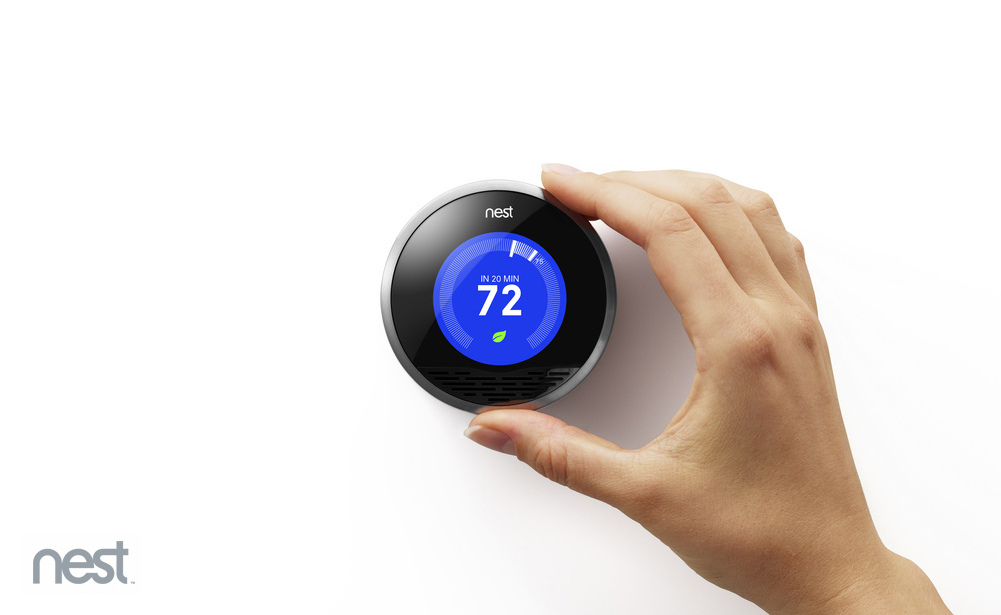
What to watch for
After completing this lesson, you’ll be able to:
- Define the Internet of Things
- Describe various use cases for the Internet of Things
The Internet of Things (IoT) is another one of those tech terms that has long been thrown about but is rapidly finding its way into everyday life. It’s kind of like that Hemingway quote about how one goes bankrupt: gradually, then suddenly. Let’s get started, first with these two not-amazing-but-pretty-helpful-especially-if-you-watch-them-sped-up 1 videos:
Required readings:
? “A Guide to the Internet of Things” by Intel
(674 words / 4-5 minutes)
Mostly an infographic, kind of a non-video version of the videos above. Two quick quotes about the astounding pace of IoT growth:
- “Our IoT world is growing at a breathtaking pace, from 2 billion objects in 2006 to a projected 200 billion by 2020. That will be around 26 smart objects for every human being on Earth!”
- “By 2025, the total global worth of IoT technology could be as much as USD 6.2 trillion—most of that value from devices in health care (USD 2.5 trillion) and manufacturing (USD 2.3 trillion).”
? “Internet of things“, Wikipedia
(10,381 words / 52-58 minutes)
Can you believe it? Our last Wikipedia reading for the class! Let’s not get all sentimental. Instead, let’s get straight to business:
- As usual, a solid top-level definition: “The internet of things (IoT) is the network of physical devices, vehicles, buildings and other items—embedded with electronics, software, sensors, actuators, and network connectivity that enable these objects to collect and exchange data. In 2013 the Global Standards Initiative on Internet of Things (IoT-GSI) defined the IoT as “the infrastructure of the information society.” The IoT allows objects to be sensed and controlled remotely across existing network infrastructure, creating opportunities for more direct integration of the physical world into computer-based systems, and resulting in improved efficiency, accuracy and economic benefit.”
- Wikipedia’s sources are a bit more pessimistic than Intel about IoT device growth, pegging its 2020 estimate at between 20 billion (Gartner) and 50 billion (Cisco). Maybe Intel needs to calm down a bit?
- RFID (radio-frequency identification) is a fascinating bit of the IoT ecosystem. Be sure to read about it until you understand the basics well.
- “The concept of a network of smart devices was discussed as early as 1982, with a modified Coke machine at Carnegie Mellon University becoming the first internet-connected appliance, able to report its inventory and whether newly loaded drinks were cold.” Coke has continued its technology leadership—today’s Freestyle machines are pretty fascinating from an IoT perspective.
- Continuing a trend we’ve seen in this course, the “Applications” section of this article is fascinating reading.
- The “Technology Roadmap” in the “Trends and Characteristics” section is worth a close look. We’re pretty well on target with this chart created in 2008. 2
- The “basket of remotes” section underlines just how essential developing and agreeing on standards will be for the large-scale success of the IoT.
- The “Enabling technologies for the IOT” section is a pretty good read if you want to get a sense of the vocabulary IoT nerds use when arguing with each other.
- Perhaps even more so than for other articles, the “Criticisms and controversies” section is worth a read since IoT system issues affect the physical world around us. Think about a service outage keeping an IoT-enabled baby monitor from functioning for just one example.
- Though not included in this article, I absolutely love the term “the Internet of Heavier Things” to refer to industrial-scale deployment (e.g. in manufacturing, energy) of IoT devices.
Non-required readings
“Recycling Rises After UGA Installs New Solar Receptacles” by Evelyn Andrews
Double fun: an article about the IoT in Athens—that was written by a former NMI student! Hopefully you’ll think of the IoT every time you pass one of these bins on campus now.
“Six Degrees of Nest” by John Weatherford
A fun cap on our learnings this semester—enjoy!
Discussion Questions
- Do you own / have you used any consumer IoT devices? Is there any particular IoT device that you’d like to own?
- Now that you’ve finished this lesson, think about whether you’ve used / encountered any large-scale (city-wide, etc.) IoT devices.
- Does the IoT scare you? Excite you? Bore you? A little bit of each? Share.
- Think about your daily life 10 years from now. How might it be different due to developments in the IoT?
Words on / reading time for this page: 750 words / 4-5 minutes
Words in / reading time for required readings: 11,055 words / 56-63 minutes
Total words in / reading time for this lesson: 11,805 words / 60-68 minutes